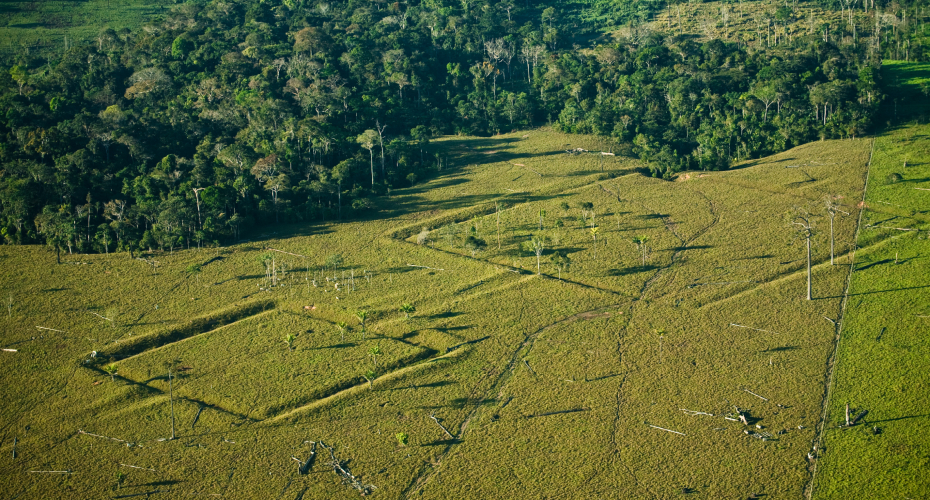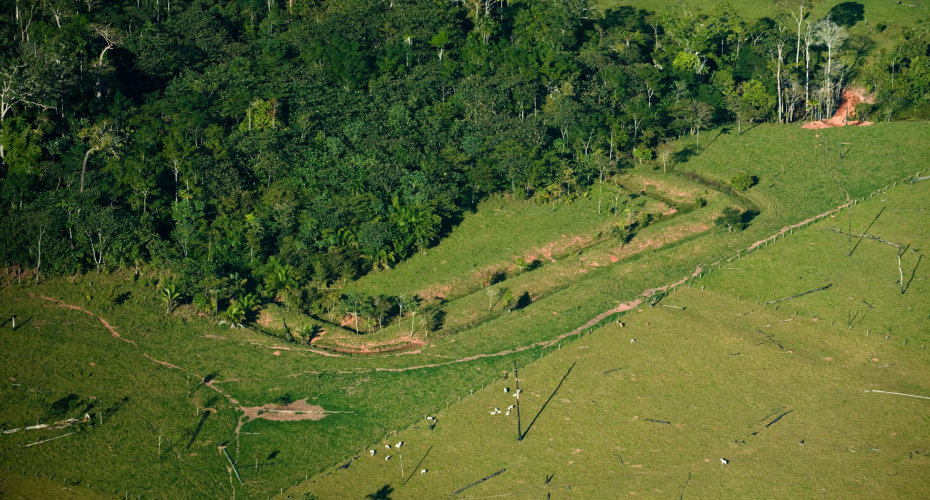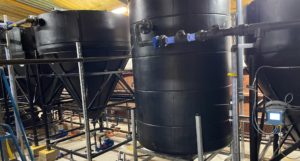Amazonian rainforest hides thousands of records of ancient indigenous communities under its forest canopy

The world’s most diverse forest, the Amazon, may host more than 10,000 records of pre-Columbian earthworks (constructed prior to the arrival of Europeans), according to a new study.
Combining cutting-edge remote sensing technology with archaeological data and advanced statistical modelling, new research has estimated how many earthworks may still be hidden beneath the canopy of the Amazon rainforest, and in which locations these structures are most likely to be found.
Conducted by a team of 230 researchers, from 156 institutions located in 24 countries and across four continents, the work has identified 24 new archaeological sites through advanced remote mapping technology, using a laser mounted on an aircraft, known as LiDAR (Light Detection and Ranging). This sensor allows for the reconstruction of surface elements into a highly detailed 3D model.
Academics from Exeter’s Departments of Archaeology and History, and Geography, played an important role, supplying Key Lidar (spatial) data generated from its ERC PAST project which was gathered using drone-mounted laser scanners flown across the Amazon. Among those involved were archaeologists Professor Jose Iriarte and Dr Mark Robinson, and geographers Professor Ted Feldpausch, and Professor Toby Pennington.
Dr Robinson, Senior Lecturer in Archaeology, said: “The history of the Amazon is still a mystery, but through collaborative endeavours and the combination of cutting edge remote sensing technology and archaeological explorations, our understanding of this incredible landscape has transformed from one of a pristine forest to one with rich human past.”
The report, More than 10,000 Pre-Columbian earthworks are still hidden throughout Amazonia, has been published in the latest edition of Science. It was led by Brazilian researchers Vinicius Peripato, a doctoral student in Remote Sensing at the Brazilian National Institute for Space Research (INPE), and Luiz Aragão.
“Our study suggests that the Amazon rainforest may not be as pristine as many believe, as when we seek a better understanding of the extent of pre-Columbian human occupation throughout it, we are surprised by a significant number of sites still unknown to the science community,” says Vinicius.
“From the 3D models of the surface, it is possible to digitally remove all vegetation and initiate a precise and detailed investigation of the terrain beneath the forest. Given the wealth of information contained in these data, we embarked on an archaeological investigation. We investigated a total of 0.08% of the Amazon and found 24 previously uncatalogued structures in the Brazilian states of Mato Grosso, Acre, Amapá, Amazonas, and Pará.”
Using all earthworks found so far (961), the team quantified how many structures have yet to be unravelled and demonstrated that dozens of tree species are linked to these ancient occupations dating back 1,500 to 500 years ago. These structures are known as earthworks and predate the arrival of Europeans on the continent. They are also typically associated with other types of landscape modifications, confirming the presence of indigenous occupations in various regions of the Amazon (such as Amazonian dark earth and the presence of domesticated species, among other pieces of evidence).
“We predict that 90% of the Amazon forest has a very low chance of having earthworks, so this type of modification on Amazonian forests may have taken place mostly in 10% of its area,” said Hans ter Steege, of Naturalis Biodiversity Center and Utrecht University.

Carolina Levis, from the Federal University of Santa Catarina, added: “Some time ago, ecologists viewed the Amazon as the vast untouched forest, but now, combining other types of pre-Columbian remains, we can see how many areas that currently sustain dense forest have already been subjected to extensive engineering works and the cultivation and domestication of plants by pre-Columbian societies. These people mastered sophisticated techniques for land and plant management, which, in some cases, are still present in the knowledge and practices of present-day communities that can inspire new ways to coexist with the forest without the need for its destruction.”
The quantitative results were obtained through a Bayesian methodology, which proposes an exact regression analysis for the observed occurrences of pre-Columbian earthworks. Exactness is achieved by the use of a data augmentation mechanism that includes the still unobserved earthworks and their observability pattern.
So far, these earthworks have been commonly discovered through Google Earth images. However, due to the vastness of the Amazon rainforest and the challenges of studying remote areas, this study puts forth testable predictions about lesser-known locations in the Amazon, where new fieldwork is likely to uncover archaeological sites of monumental dimensions, still well-preserved within the forest.
The ground-breaking study also has political implications for the current debate on the indigenous land demarcation timeline in Brazil. The authors say: “In times of discussions regarding regulatory frameworks for property and indigenous land rights, this research provides numerous pieces of evidence of the ancestral occupation of the Amazon rainforest by indigenous peoples, their ways of life, and the relationship they established with the forest. The protection of their territories, languages, cultures, and heritage should be understood as ancient, as they are, and not tied to a date, which is so recent.”



